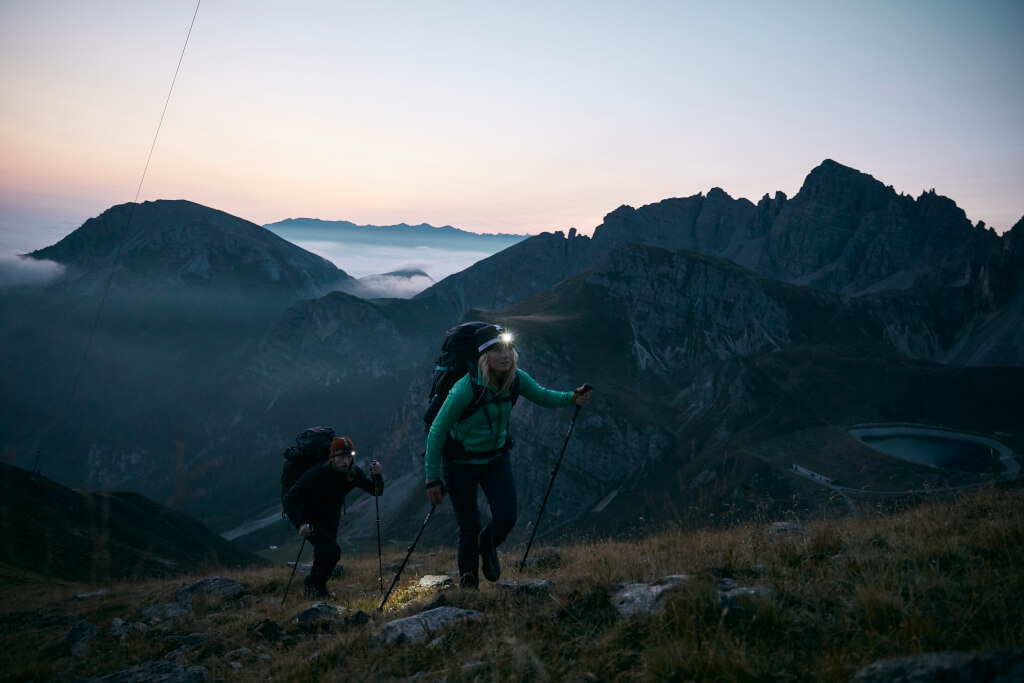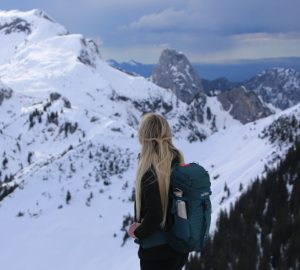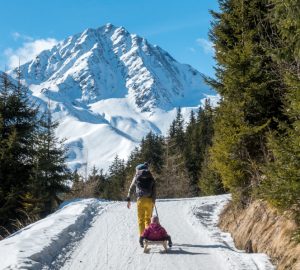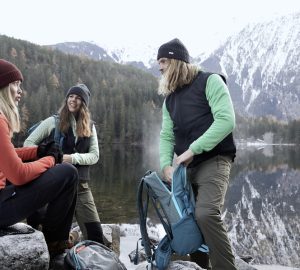Hiking at night has a special fascination. On some tours, it is simply necessary to start early in the morning in the dark in order to reach the destination safely and on time. However, many nature enthusiasts simply enjoy the special atmosphere on night hikes or the breathtaking moment when the sun rises in the middle of the mountain scenery. We explain what you should pay attention to in order not to put yourself in danger when hiking in the dark.
Discovering the beauty of nature at night is certainly not for everyone. However, some tours are so extensive that you have to leave very early to reach your destination in time. On the one hand, the likelihood of thunderstorms in the mountains increases sharply in the afternoon, so it’s better to arrive at a safe hut in the early afternoon. On the other hand, in high alpine terrain, for example, there are sometimes ice and snow fields that become so slippery in the sunlight that they are almost impassable. But even if you choose a less extreme tour and simply feel like trying out a night hike, you’ll find all the necessary info here.
One important note in advance: Never hike at night or at dusk in a hunting area! Hunters might mistake you for a wild animal in the low light conditions. It’s best to check with the local tourist information office for hunting areas and seasons.
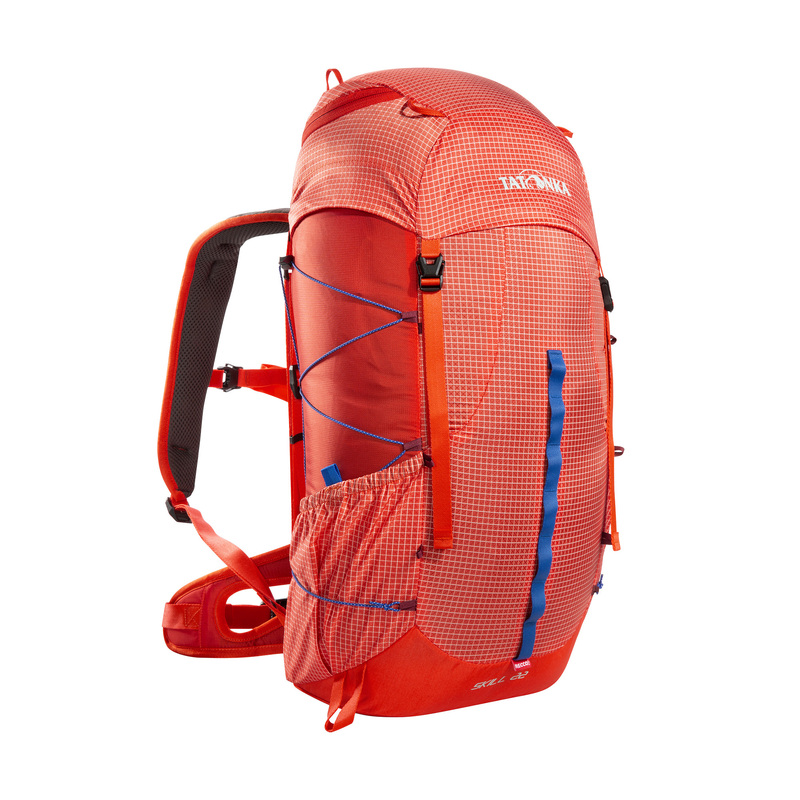
To be even safer in the mountains, you will find Tatonka clothing and backpacks that are equipped with a RECCO reflector.
This enables rescue teams to locate you quickly in the case of an emergency.
The right route for hiking at night
Route planning is especially important when hiking in the dark, because safety is paramount when hiking at night. Easy tours that follow well-paved forest trails, such as those often found in the foothills of the Alps, are best. Difficult tours with alpine dangers should be avoided at night.
To get used to the new experience, you can choose a tour that you have already done during the day and know well. You will be surprised how different the route looks to you in the dark.
If you are traveling in unfamiliar terrain, for example on a trekking tour abroad, you can also book a guided tour and rely on the expertise of a local mountain guide or hiking guide.
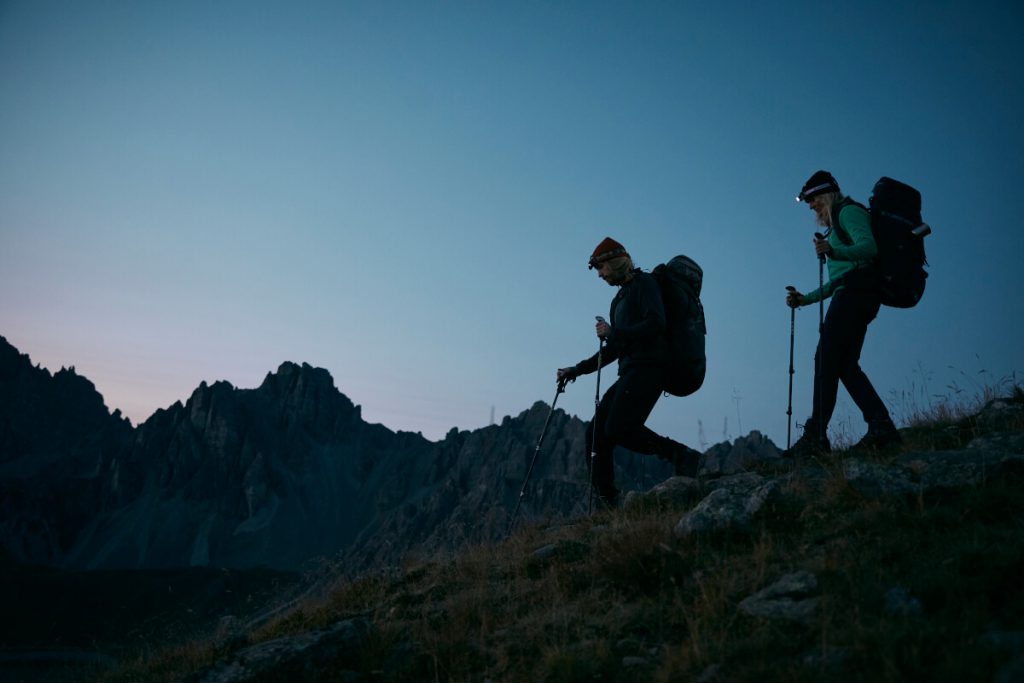
What should I take with me on a hike at night?
What you should take with you on a hike in the mountains – whether by day or by night – we have already summarized in another article for you: Hiking equipment – What you need to put on your checklist.
The most important items of equipment in addition to hiking boots and suitable clothing here again in a nutshell:
Headlamp and spare lamp as well as batteries/power bank (Away from civilization as well as in the forest, it can be unusually dark. Make sure your lamp has sufficient luminosity of at least 100 lumens). In an emergency, you can also use your lamp to send the alpine distress signal: Shine six times within one minute, then pause for one minute.
- Water/Tea
- Food and drink
- First aid kit with aluminum rescue blanket
- Hiking map
- Gloves and hat (it is cold at night)
- Spare clothes / rain gear
- Cell phone (and powerbank if necessary, in case the battery runs out)
- GPS (if you don’t have a tracking app loaded on your phone yet)
- Telescopic poles (you can also use them as a fixation in case of a break)
Especially important at night: know your gear! Pack your backpack so that you know exactly in which compartment you will find what. This way you can find your way around in an emergency, even in the dark, and stay calm in critical situations. For example, if your light spontaneously fails, you will immediately know where to find your spare lamp.

Only set out at night in a group
On night hikes, you should always leave in a group, never alone. This way, if something happens, you can help each other and one of you can head off to get help. You should also keep in mind that it is much more difficult to be found in the dark in case of an emergency. As described above, you can use your flashlight to draw attention to yourself and send the alpine distress signal.
Important note: If you are planning a night hike in alpine terrain, it is advisable to inform the mountain rescue in advance. Headlamps, flares or the flash of your photo could also be mistaken for an emergency signal and thus trigger a false alarm.
Also interesting: Safety on the Mountain – Getting emergency help in the mountains
Nature conservation and wildlife when hiking at night
Make sure in advance that your planned route is not in a nature reserve. You don’t want to disturb the animals, which are mainly nocturnal. You should also avoid areas where there are predators such as wolves or bears to avoid unpleasant encounters.
Wild boars can also be dangerous for humans. If you do get close to them – which you can both hear and detect from their very particular smell of “Maggi” – stay calm and back away slowly. Avoid running, so as not to startle the animals unnecessarily.
Also interesting: Are cows dangerous for hikers?
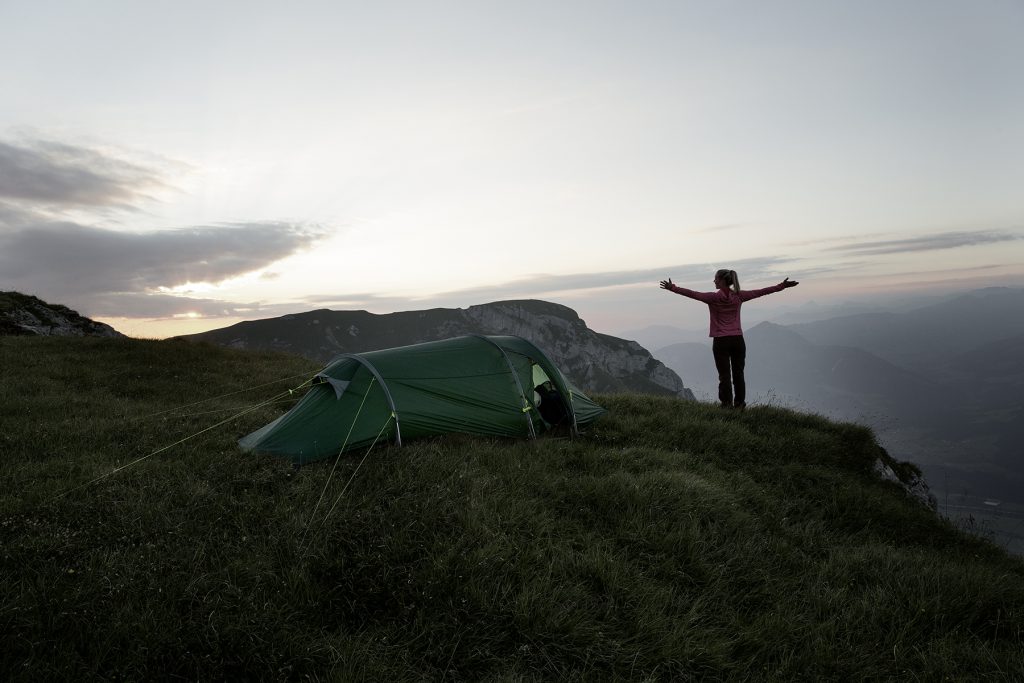
The best time for a night hike
Basically, you can start a night hike in the evening as well as in the early morning hours. The second option has the advantage that the chances are good to see the sunrise in untouched nature – for example on the top of a mountain.
Hiking at night under a full moon is especially beautiful. Once your eyes have become accustomed to the darkness, you can sometimes even do without a light source.
Basically, you can choose any season for a night hike. Important are the weather, the necessary equipment and an optimal condition of the paths. Do not take any risks! Because surefootedness is especially important in the dark. Wet, muddy and slippery paths increase the risk of falling.
Schedule enough time
In the dark you are slower on the path. Therefore, you should plan enough time and sufficient buffer for your tour. If you are in a hurry, you run the risk of stumbling or falling. In addition, with generous planning, you have more time for breaks and can let the special atmosphere of the nighttime nature take effect on you.




